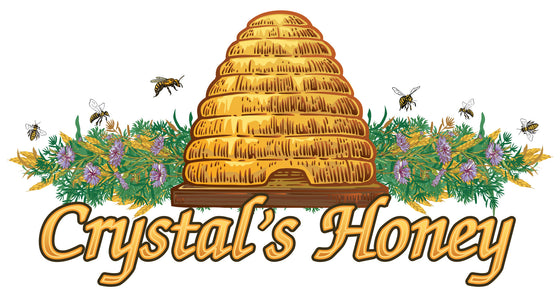You can learn a lot by observing your bee colony from the hive’s entrance, but conducting thorough hive inspections is essential for keeping your bees healthy. However, performing a complete inspection can cause anxiety for new beekeepers. Having a basic understanding of how to inspect a beehive for potential problems can help you navigate your way through it.
Why Inspections Are Necessary
Beehive inspections are essential because they’re the only way to know if any abnormal activity is happening within your colony. For example, if your hive has a disease, a pest infestation, or an issue with its queen, you need to know as soon as possible. The sooner you can catch potential problems, the easier it will be for you to help the colony bounce back.
How Often Should Inspections Occur?
A good rule of thumb is to check established colonies monthly and new colonies biweekly. Your inspection timing depends on numerous factors, and you can adjust it according to your hive’s needs at the time. For example, an existing problem calls for more frequent examinations, and newly split colonies may require close monitoring.
How To Inspect Your Beehive
Understanding how to inspect your hive and what you should be looking for before you conduct your first inspection is best. These routine inspections will get easier and more efficient as you become more comfortable and establish your own pattern.
Gather and Prepare Your Equipment
You can tailor the tools you use for your inspections to your personal preferences. For example, some beekeepers suit up completely, while others wear only gloves and bee veils. Here’s a list of potential tools you may need:
- Smoker: Suppresses the alarm pheromones that bees release when they sense danger to keep the colony calm
- Bee suit: A full-body garment that protects you from neck to ankles. Add a veil and boots to protect yourself from head to toe.
- Bee brush: Helps you gently remove the bees from the frames to avoid agitation
- Frame holder: Holds each frame so that it doesn’t touch the ground while you inspect other frames
Approach the Hive Carefully
Before you get too close, observe from a distance to gauge activity level. Once you feel it’s safe, slowly approach the hive from behind to avoid blocking the entrance.
Take the Hive Apart
Begin by removing the cover and blowing a few smoke puffs into the hive. Wait a few minutes for the bees to calm down, and then remove each individual frame. Use your bee brush to remove the bees.
Begin Your Inspection
You’ll eventually understand what’s normal for your colony, but here are a few things you should look for during your routine inspections:
- Queen’s presence: A staple amount of capped brood, larvae, and worker bees indicates that the queen is alive and healthy.
- Behavior: Unusual behavior could indicate an issue or a potential upcoming swarm.
- Mites: Count and record the number of mites you find in the hive. If the percentage of mites to bees gets too high, you should begin treatment.
- Food source: Check to see if the colony has excess raw honeycomb honey in storage or if it’s running low.
Knowing how to inspect a beehive for potential problems is imperative for becoming a successful beekeeper. Although you might be nervous to start, you’ll get more comfortable with regular inspections the more you do them.
